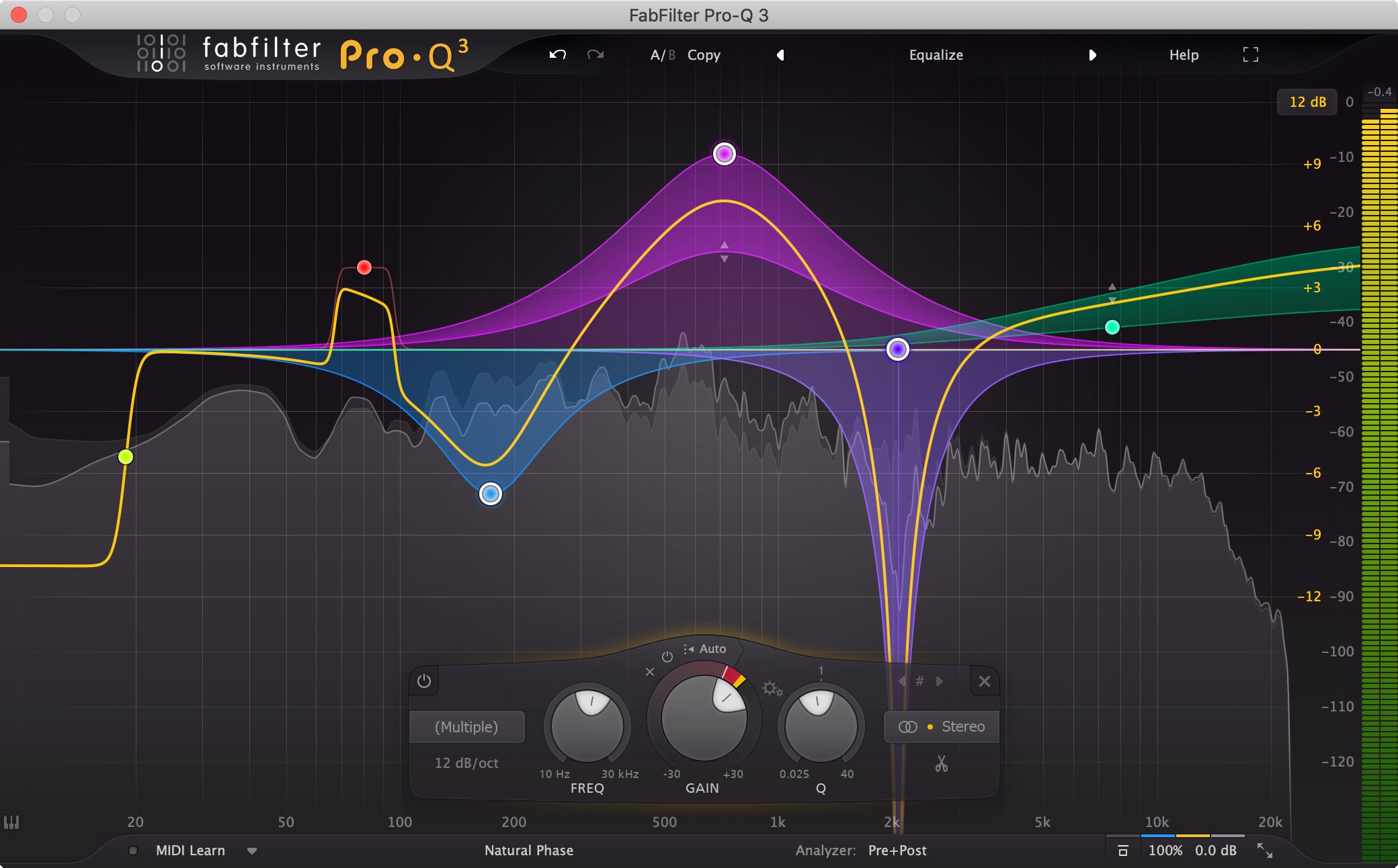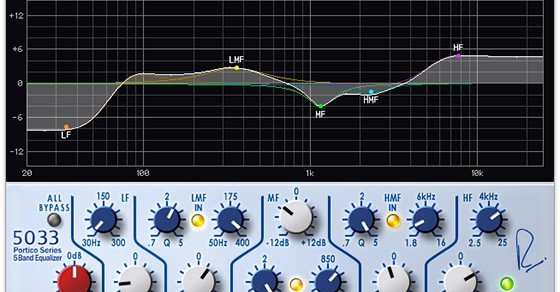Sculpting Sound: A Music Producer's Guide to Using EQ Effectively
Introduction
Equalization, commonly referred to as EQ, is an indispensable tool in the arsenal of every music producer. Whether you're recording, mixing, or mastering, understanding how to use EQ effectively can make a world of difference in your music production journey. In this blog post, we'll dive into the fundamentals of EQ, explore various EQ types, and provide practical tips on how to use EQ to shape your audio and create professional-sounding tracks.
Understanding the Basics of EQ
Equalization is the process of adjusting the balance of frequencies within an audio signal. It allows you to boost or cut specific frequency ranges to shape the timbre and tone of a sound. EQ is essential for addressing frequency imbalances, enhancing clarity, and achieving a well-balanced mix.
Here are some key terms and concepts to grasp before delving into EQ techniques:
Frequency Bands: The audio spectrum is divided into frequency bands, typically measured in Hertz (Hz). These bands range from low frequencies (bass) to midrange and high frequencies (treble).
Cut and Boost: EQ allows you to cut (reduce) or boost (increase) specific frequency bands. Cutting reduces the prominence of certain frequencies, while boosting emphasizes them.
Q Factor: The Q factor or bandwidth determines how wide or narrow an EQ adjustment affects the surrounding frequencies. A narrow Q focuses on a specific frequency range, while a broad Q affects a wider range.
Slope: Some EQs have a slope control, allowing you to adjust the steepness of the filter curve. This is often used in advanced EQing to fine-tune the response.
Types of EQ
There are several types of EQ commonly used in music production. Understanding these different types can help you choose the right tool for the job:
Parametric EQ: Parametric EQ offers precise control over frequency, gain, and bandwidth (Q). It's versatile and suitable for most EQ tasks, from surgical corrections to creative shaping.
Graphic EQ: Graphic EQ consists of multiple fixed frequency bands, often presented in a graphical interface. It's useful for broad tone shaping and is commonly found in hardware and rack-mounted units.
Shelving EQ: Shelving EQ affects all frequencies above or below a specific point, providing a gentle slope. It's commonly used for low and high-frequency adjustments.
High-Pass and Low-Pass Filters: These filters allow you to cut frequencies below or above a specified cutoff point, respectively. They are valuable for cleaning up recordings and managing extreme frequencies.
Using EQ Effectively
Now, let's delve into some practical tips on how to use EQ effectively as a music producer:
Identify Problem Frequencies: Before applying EQ, listen critically to your audio and identify any problematic frequencies. Look for muddiness in the low end, harshness in the midrange, or sibilance in vocals.
Cut Unwanted Frequencies: Start by cutting frequencies that detract from the clarity of your audio. For instance, remove low-end rumble with a high-pass filter or tame harshness with a narrow Q cut in the midrange.
Boost for Enhancement: Use EQ boosts to enhance the most important elements of your mix. For example, emphasize the warmth of a bass guitar or the brilliance of a vocal by applying gentle boosts.
Avoid Over-EQing: It's easy to get carried away with EQ adjustments. Be mindful not to overdo it, as excessive EQ can result in an unnatural or phasey sound.
Compare and A/B: Always compare your audio with and without EQ adjustments. A/B testing helps you make informed decisions and ensures that your changes improve the mix.
Use EQ in Context: Remember that EQ is not applied in isolation. Consider how your EQ choices impact the overall balance of your mix and the interaction between different instruments.
Learn the Frequency Ranges: Familiarize yourself with the typical frequency ranges of different instruments and sounds. This knowledge will guide your EQ decisions.
Conclusion
Equalization is a fundamental skill that every music producer should master. By understanding the basics of EQ, the various EQ types, and employing practical techniques, you can shape your audio, resolve issues, and craft professional-sounding mixes that captivate your audience. EQ is a powerful tool, but it's also a subtle art—practice, experimentation, and critical listening are key to becoming a proficient EQ engineer.



